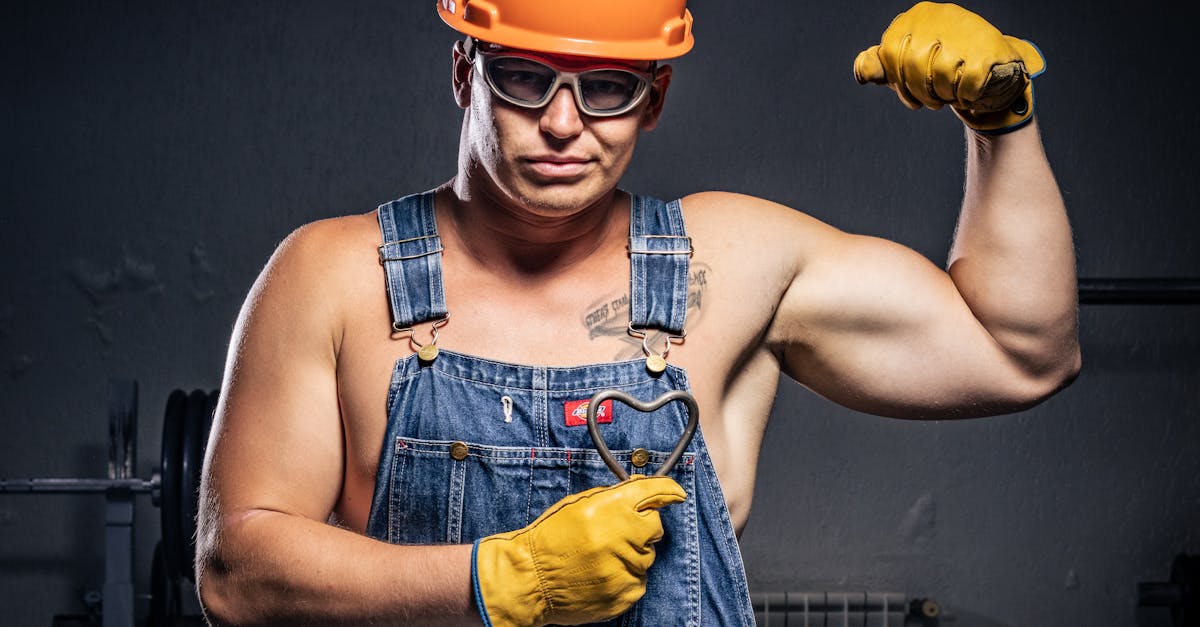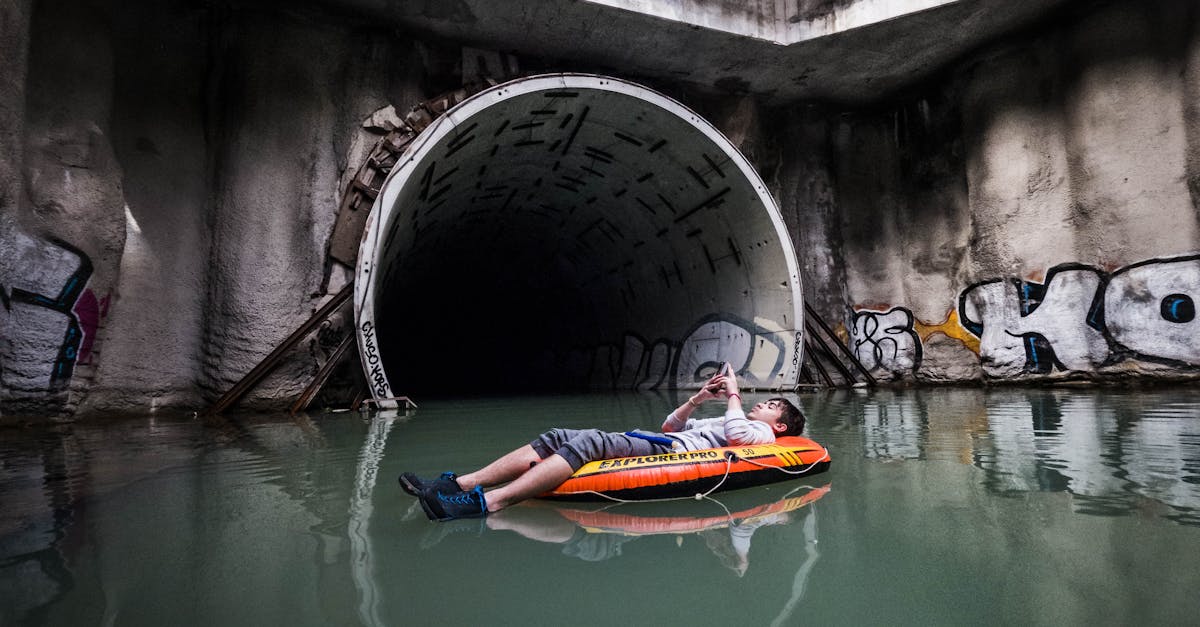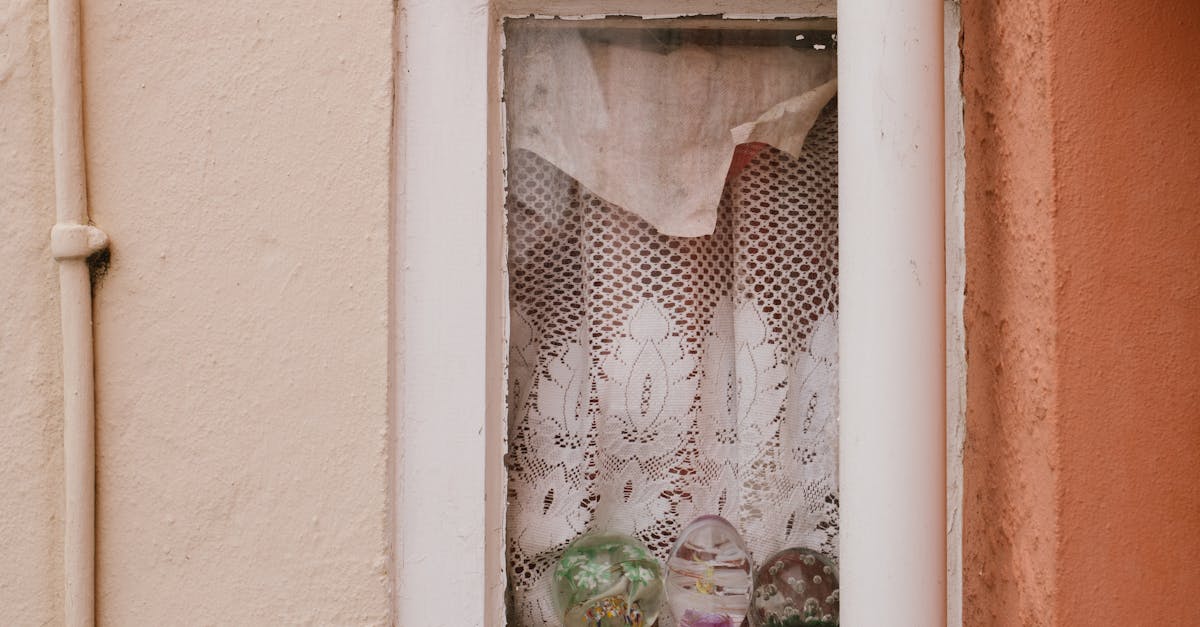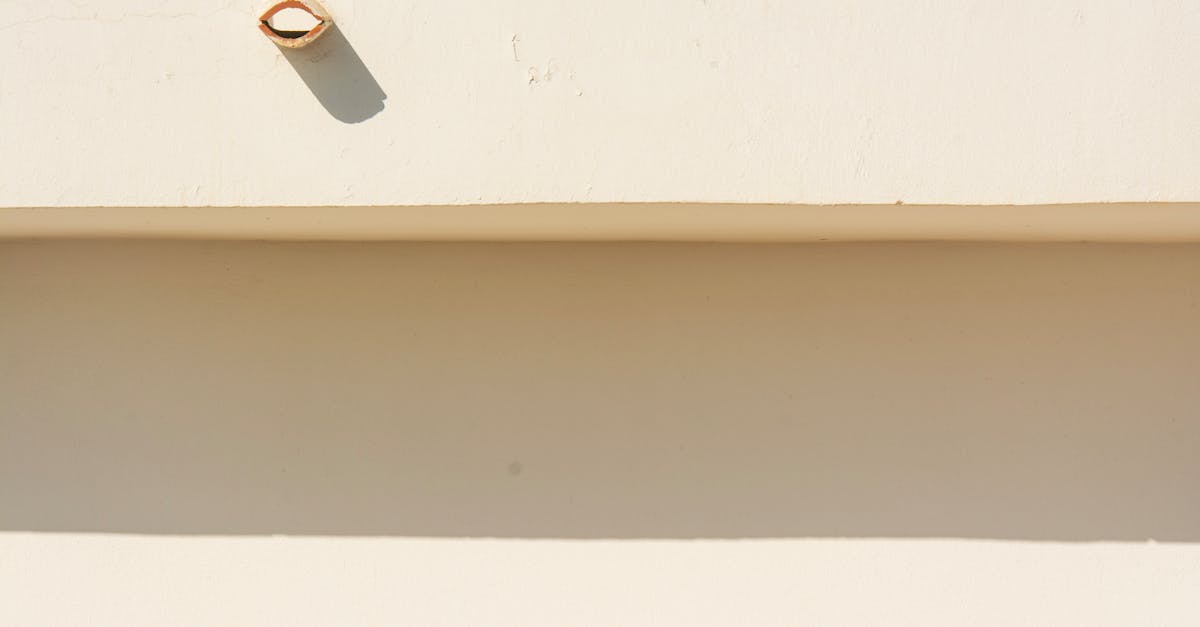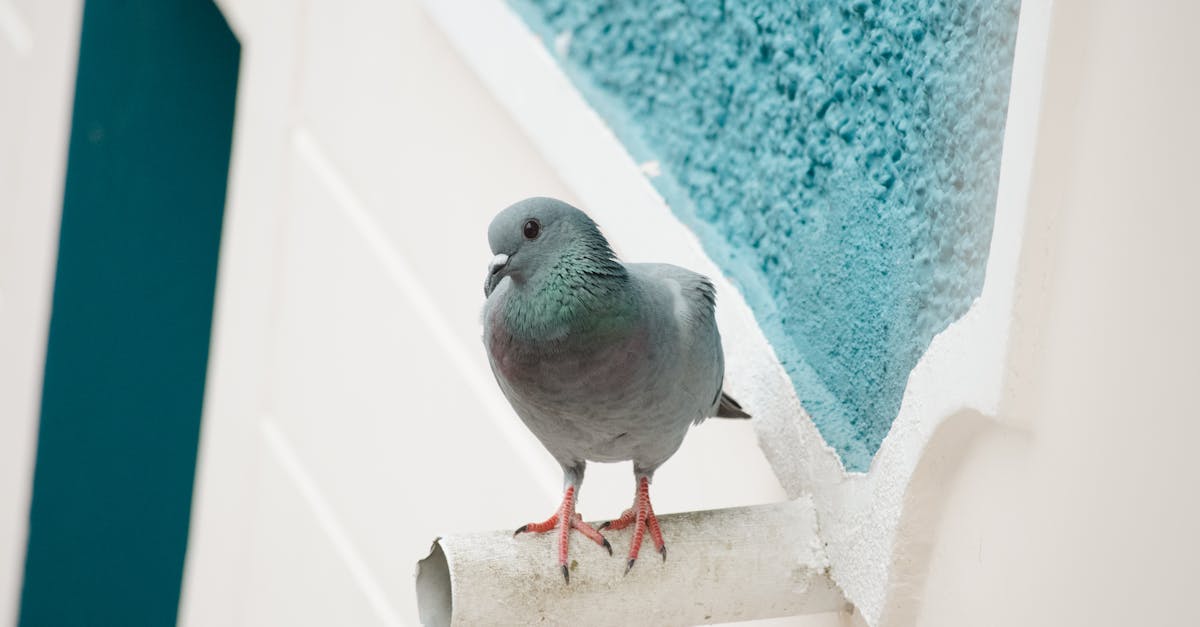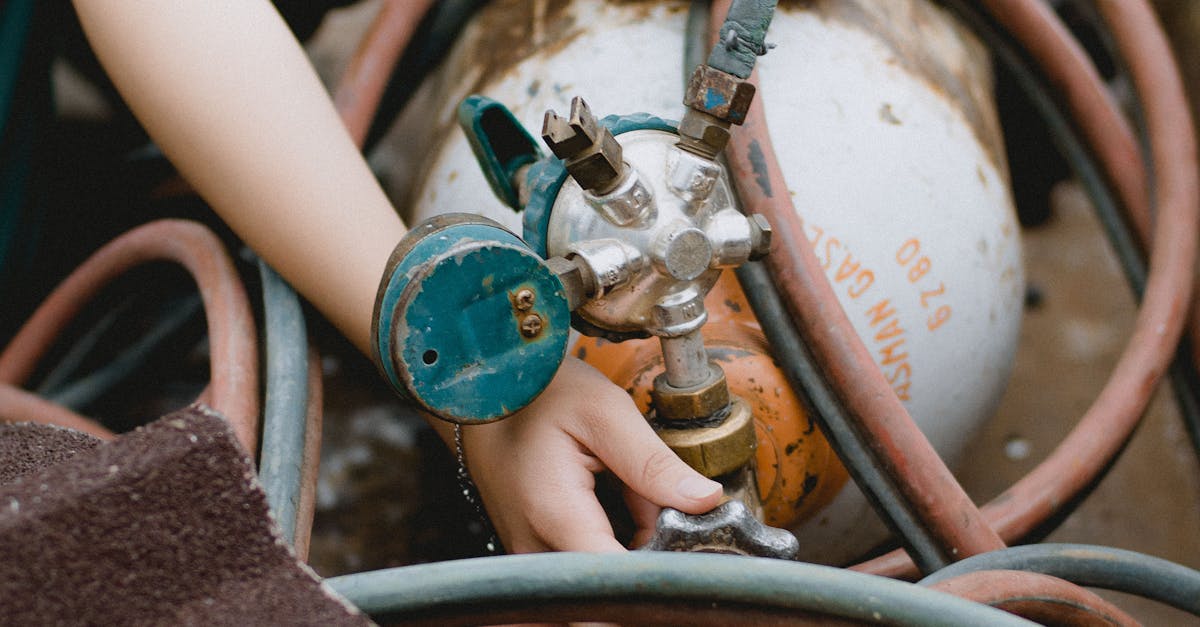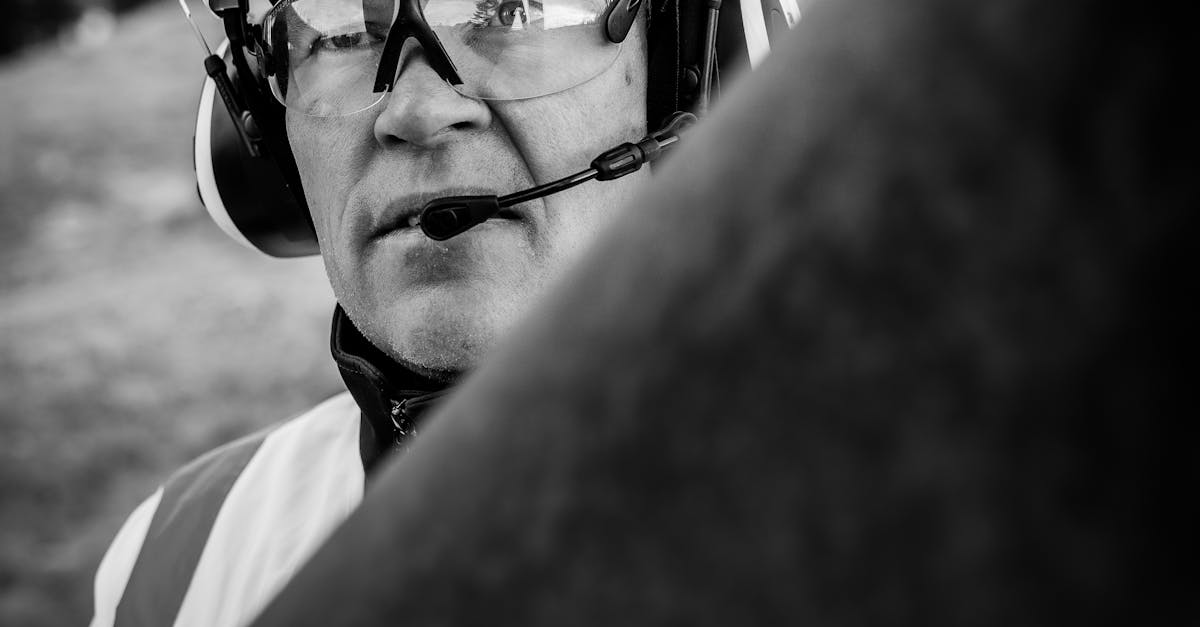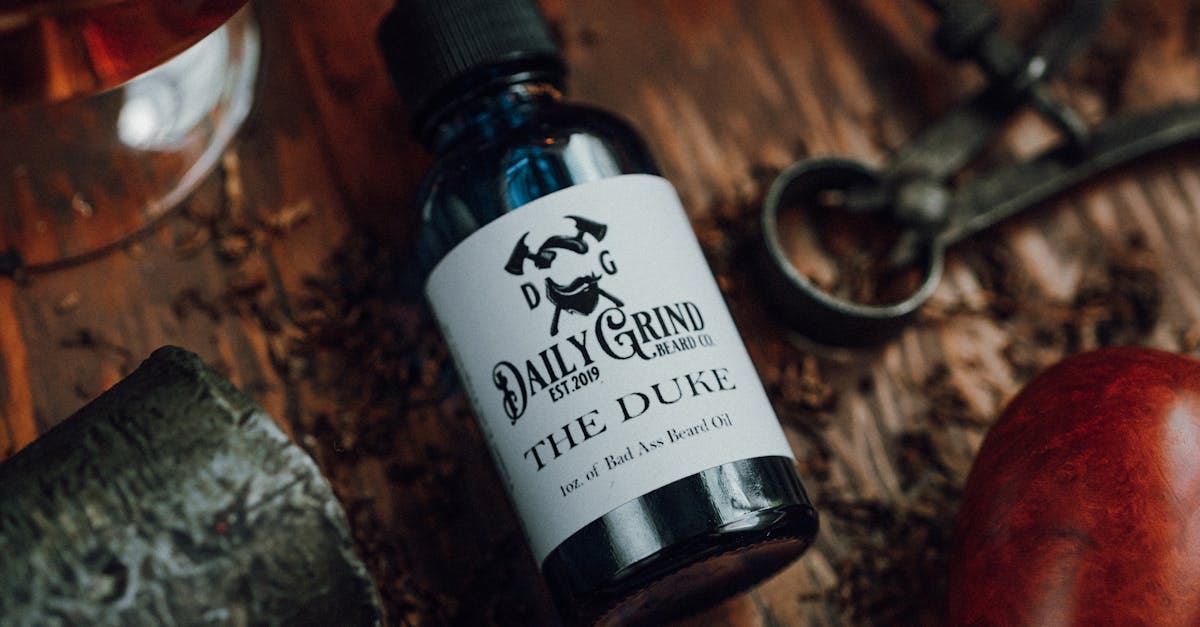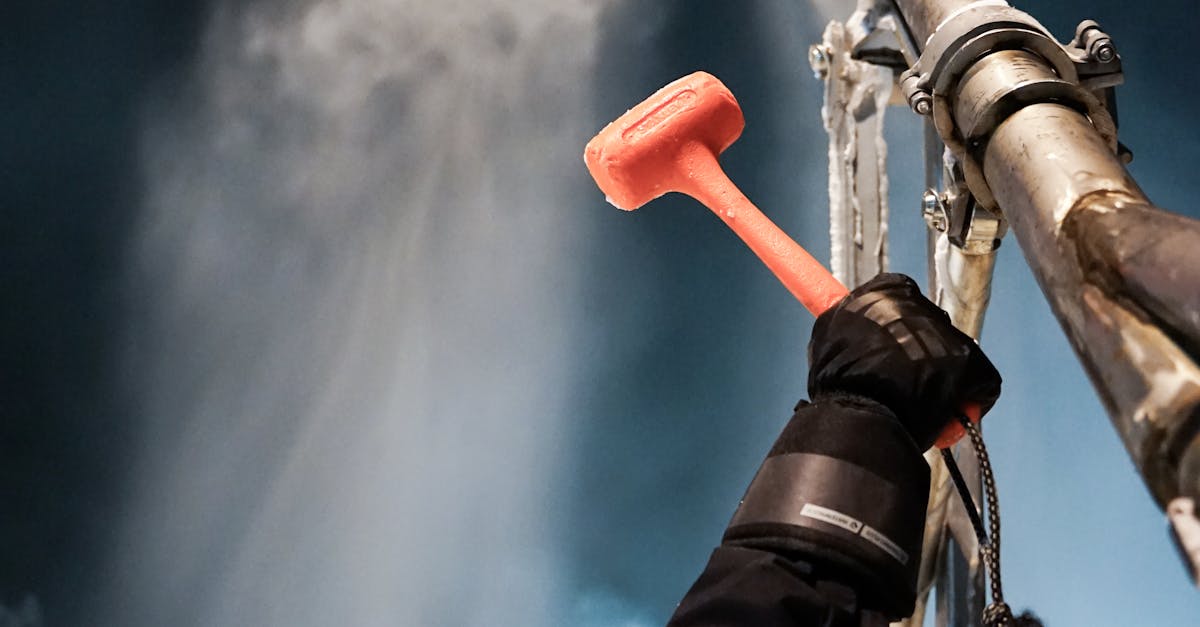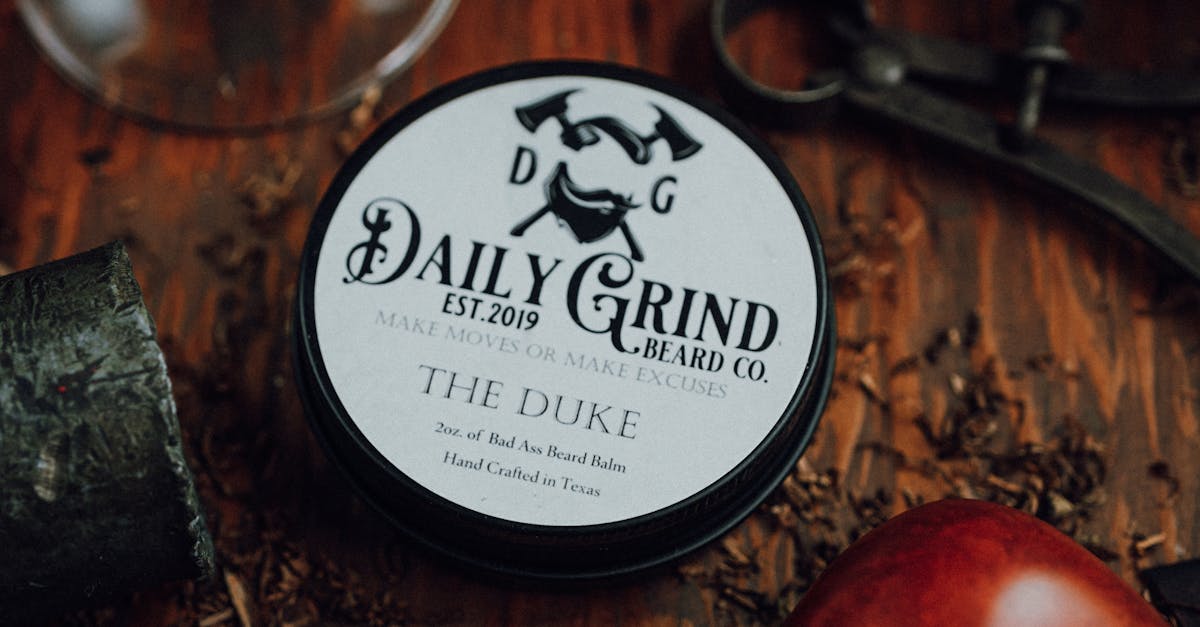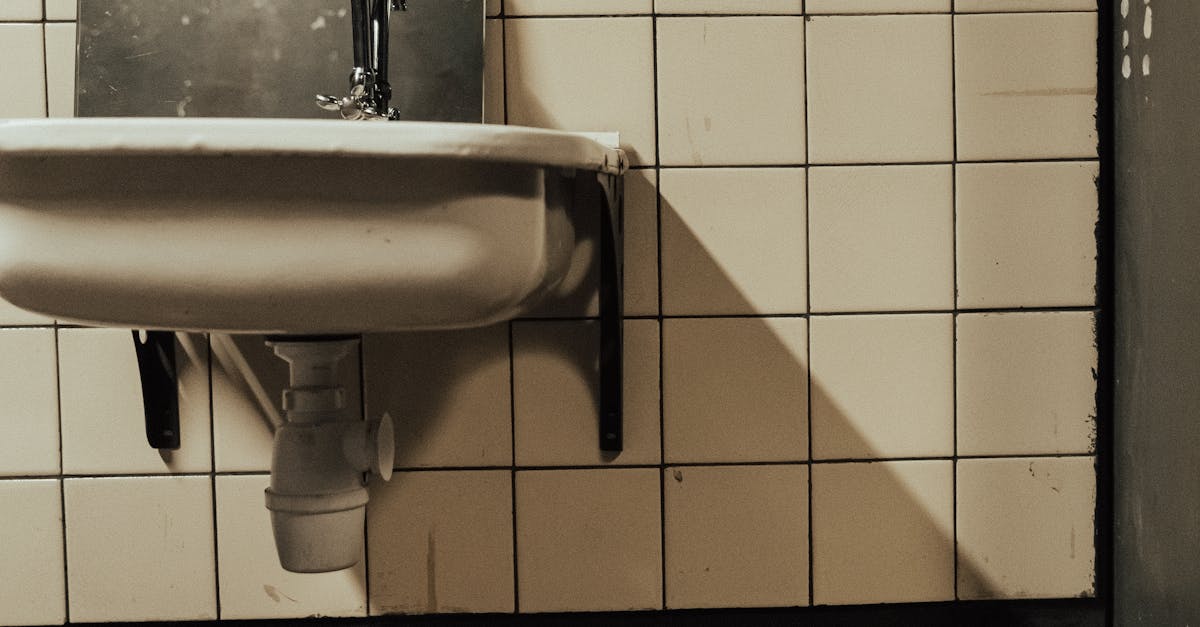
Table Of Contents
Longevity of Relined Pipes
The longevity of relined pipes varies significantly based on several factors, including the quality of the materials used and the conditions of the original pipe. Generally, pipe relining can extend the life of existing pipes by several decades when properly installed. The resin used in the process can withstand harsh environmental factors, but its durability can be compromised if the original pipe has severe structural issues or repeated exposure to extreme conditions. Regular inspections and maintenance play a crucial role in ensuring the longevity of the relined system.
In addition to installation quality, factors like soil movement and nearby tree root activity can impact the longevity of relined pipes. If these external conditions remain unchecked, they may lead to new issues within the system, potentially diminishing the overall lifespan of the relining. Homeowners should remain vigilant in monitoring their plumbing systems and consider periodic inspections to catch any signs of deterioration early on. This proactive approach helps to prolong the effective service life of pipe relining.
How Long Can Pipe Relining Last?
The longevity of pipe relining typically ranges from 20 to 50 years, depending on various factors such as the materials used and the conditions of the original pipes. High-quality epoxy resin and other advanced materials offer increased durability, which contributes to a longer lifespan. However, environmental factors, soil composition, and the presence of tree roots can also impact the longevity of the relined pipes. Regular assessments will help ensure that the relined pipes remain in good condition over time.
While pipe relining offers a robust solution, it is not immune to the effects of time and external conditions. The structural integrity of the original pipes plays a significant role in the effectiveness of the relining process. If the underlying infrastructure is already severely compromised, the relined section may not last as long as expected. Implementing ongoing maintenance strategies can help mitigate potential issues, ensuring that the benefits of pipe relining are realised over the long term.
Potential for Future Blockages
Even after undergoing pipe relining, there remains a risk of future blockages. While the process effectively addresses existing issues, it does not eliminate all potential problems. Factors such as tree root intrusion, grease buildup, and debris accumulation can still lead to clogs over time. Homeowners need to be aware that the newly relined pipes can develop these issues just like traditional pipes, making ongoing monitoring essential.
Regular maintenance can significantly reduce the likelihood of blockages occurring after pipe relining. Simple practices like using enzyme cleaners can help break down organic material. Scheduling routine inspections can also catch blockages before they escalate into serious problems. By implementing these preventative measures, homeowners can prolong the lifespan of their relined pipes and maintain their optimal functionality.
Preventative Maintenance Tips
Regular preventative maintenance is essential for prolonging the life of relined pipes. Homeowners should consider routine inspections to identify any issues early, such as tree root invasions or shifting soil. Keeping an eye on water usage can also help detect leaks or blockages before they escalate. Maintaining clear access to the plumbing system ensures that professionals can perform necessary checks without hassle.
In addition to periodic inspections, using drain maintenance products can assist in reducing the likelihood of blockages. Opting for biodegradable cleaners helps maintain the integrity of the pipe lining while keeping the system flowing smoothly. Encouraging the proper disposal of waste can mitigate the risk of future clogs. By adopting these practices, the benefits of pipe relining can be maximised over the long term.
Pipe Condition Before Relining
The condition of existing pipes is crucial before undergoing pipe relining. A thorough assessment of the pipe's integrity can identify issues like severe corrosion, large cracks, or significant misalignment. These factors can adversely affect the relining process, potentially leading to inadequate sealing and future problems. If the pipes are too damaged, relining may not be a feasible solution, which highlights the importance of conducting a pre-inspection.
In addition, pre-inspections allow for the identification of blockages and build-up that might compromise the relining procedure. If these obstacles are not addressed, they can cause new issues post-relining, including water flow restrictions and repeated blockages. Understanding the state of the pipes ensures that property owners make informed decisions regarding pipe relining, maximising the effectiveness and longevity of the repair.
Importance of a PreInspection
A pre-inspection is crucial before commencing any pipe relining work. Assessing the existing condition of the pipes helps identify any underlying issues that may affect the success of the relining process. This evaluation can reveal significant problems such as cracks, severe corrosion, or collapses that, if unaddressed, may lead to further complications down the line. Ensuring the pipes are suitable for relining allows for a more effective and long-lasting outcome.
Furthermore, a comprehensive pre-inspection aids in determining the appropriate relining method and materials needed for the specific situation. Different types of pipes may require distinct approaches, so understanding the unique characteristics of the existing infrastructure is essential. This can prevent unexpected challenges during the relining process and help maintain the integrity of the plumbing system overall. Prioritising a thorough evaluation will contribute significantly to the durability and functionality of the pipe relining solution.
FAQS
What is pipe relining?
Pipe relining is a method of repairing damaged pipes by inserting a new lining into the existing pipe structure, effectively sealing leaks and restoring functionality without the need for extensive excavation.
How long can pipe relining last?
The longevity of relined pipes can vary depending on factors such as the materials used, the condition of the original pipes, and environmental factors, but it typically lasts between 10 to 50 years.
Can relined pipes still experience blockages?
Yes, while pipe relining can effectively seal leaks and reinforce the pipe, there is still potential for future blockages due to debris, tree roots, or other build-ups if preventative maintenance is not performed.
Why is a pre-inspection important before relining?
A pre-inspection is crucial as it assesses the condition of the existing pipes, identifying issues that may need to be addressed before relining can take place, ensuring a more successful and durable repair.
What are some preventative maintenance tips for relined pipes?
Preventative maintenance tips include regular inspections, avoiding flushing non-biodegradable items down the toilet, and being mindful of tree roots in the vicinity of your plumbing system to minimise future blockages.
